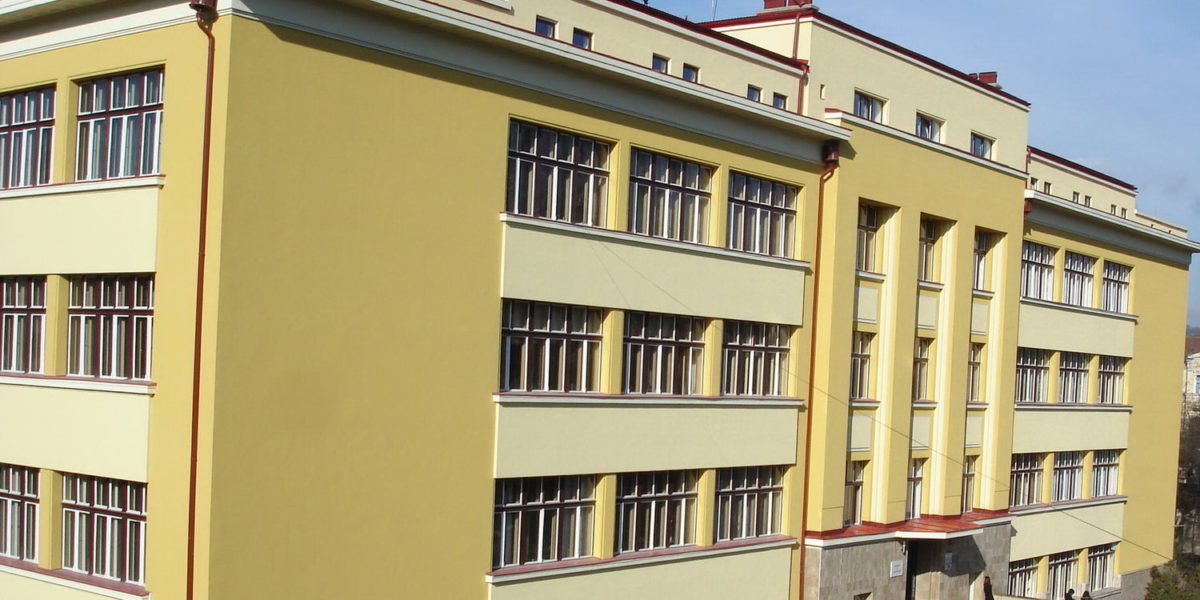The University of Agricultural Sciences and Veterinary Medicine Cluj-Napoca is the successor of the prestigious Higher School of Agriculture of Cluj, founded 145 years ago, in October 1869, under the name of Institute of Agronomic Studies, Cluj-Mănăştur. In 1991, the Agronomic Institute changed its name, becoming the “University of Agricultural Sciences”. In 1995 it became the “University of Agricultural Sciences and Veterinart Medicine Cluj-Napoca”. Beginning with the year 1990, the university was restructured, having four faculties (Agriculture, Horticulture, Animal Science and Biotechnologies, Veterinary Medicine), new specializations being subsequently created for the full-time education (BcS), college, master (MS), doctorate (PhD), long distance learning (ID) and part-time learning (FR). The educational system has been aligned with the Bologna Standards, and the ETCS credit system was introduced in 1998. The new strategy adopted by the university aims to expand and to strengthen the international relations, the modernization of the entire educational, research and outreach process, thus contributing to the development of the Romanian agriculture, in accordance with the EU standards. The University of Agricultural Sciences and Veterinary Medicine Cluj-Napoca is currently one of the most reputed universities in Romania. The USAMV Cluj is member of the Romanian Consortium of the Universities of Agricultural Sciences and Veterinary Medicine and of the Association of the Universities of Cluj-Napoca, as well as of the European University Association by which was assessed in 2003.
Cluj-Napoca, commonly known as Cluj, is the second most populous city in Romania, after the national capital Bucharest, and the seat of Cluj County in the northwestern part of the country. On the site of the city was a pre-Roman settlement named Napoca. After the AD 106 Roman conquest of the area, the place was known as Municipium Aelium Hadrianum Napoca. Located in the Someșul Mic River valley, the city is considered the unofficial capital to the historical province of Transylvania. From 1790 to 1848 and from 1861 to 1867, it was the official capital of the Grand Principality of Transylvania. Today, the city is one of the most important academic, cultural, industrial and business centres in Romania. Among other institutions, it hosts the country’s largest university, Babeș-Bolyai University, with its famous botanical garden. With one of the most vibrant economies in the country and a population of around 330,000, Cluj, is today a vibrant cultural and educational city. The six state and several private universities located here also make Cluj-Napoca the city with the largest percentage of student population in Romania. As of 2015, Cluj-Napoca is European Youth Capital. The main square, resplendent with 18th and 19th century buildings and home to many shops and restaurants, is dominated by the 15th century St. Michael’s Church, one of the finest examples of gothic architecture in Romania. The square also claims the 18-th century baroque Banffy Palace, housing the weaponry and Romanian art collections of the Art Museum.


